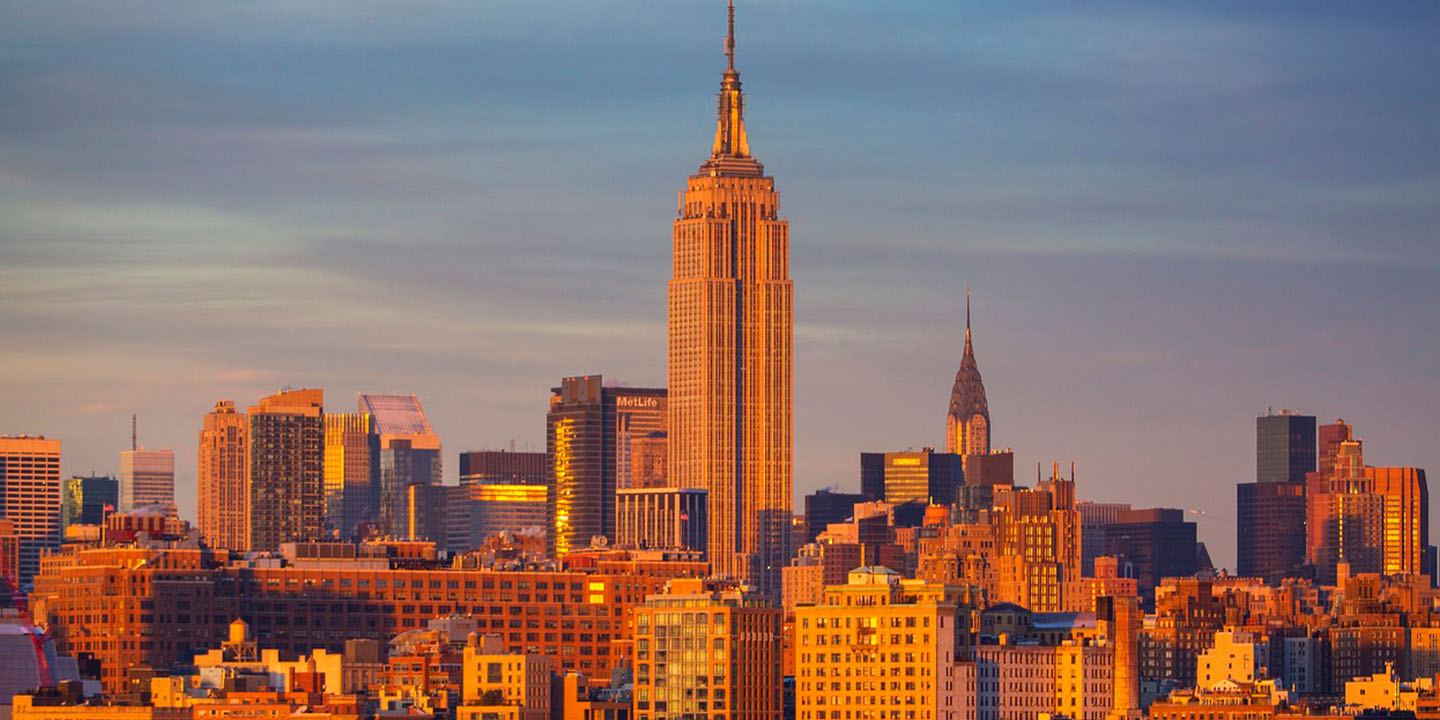Yesterday’s Spirit, Today’s Streets
Trendy places may dazzle for a while, but some towns never bend to the moment. They wear their history on their sleeves, sometimes in the hand-carved trim and the gaslamps that still flicker at dusk. Time knocked on the doors of these towns, but it couldn't inspire a change of furniture. If you find comfort in places that never rushed to modernize, this list highlights 20 such towns across the U.S. where the past is still running the show.
1. Bisbee, Arizona
Clinging to the Mule Mountains near the Mexican border, Bisbee is a lived-in relic of mining wealth and Wild West grit. Founded in 1880, it became one of Arizona’s richest towns. Victorian homes cling to narrow hillsides, while copper boom-era architecture lines its walkable streets with proud defiance.
2. Galena, Illinois
Before Chicago rose, Galena led the way in Illinois. Once a lead-mining giant and home to Ulysses S. Grant, this riverside town preserves over 800 buildings from the 1800s. Downtown still glows with gaslight-style streetlamps, and nearly every block whispers of 19th-century prosperity.
 SD Dirk from San Diego, USA on Wikimedia
SD Dirk from San Diego, USA on Wikimedia
3. Jim Thorpe, Pennsylvania
This borough looks like a European village got dropped in the Poconos. Jim Thorpe blends ornate architecture and switchback alleys into an area that hasn’t changed much since the coal baron days. Its grand mansions and 19th-century train station reflect the town’s rise during Pennsylvania’s anthracite coal boom.
4. Mackinac Island, Michigan
Since 1898, vehicles have been banned on Mackinac Island to preserve its quiet charm and slower pace. In their place are horse-drawn carriages, bikes, and foot traffic. The result is a living Victorian postcard: gingerbread-trimmed inns and clapboard shops where handmade fudge is still crafted the old-fashioned way.
5. New Harmony, Indiana
Built on utopian dreams, New Harmony dates back to 1814. Its founders believed in science and radical education centuries ahead of their time. Many original brick and wood-frame buildings still stand, including the Harmonist Labyrinth and community houses that hint at its experimental past.
6. Eureka Springs, Arkansas
Eureka Springs twists through the Ozarks on roads too narrow for change. Incorporated in 1879, it boomed on the promise of healing waters. A large portion of its original Victorian homes and limestone buildings are now protected under the town’s officially designated historic district.
7. Virginia City, Nevada
Before Las Vegas existed, Virginia City made Nevada rich. Its silver strike in the 1860s birthed the Comstock Lode. Walk its wooden boardwalks, and the echoes of saloons and Mark Twain’s early newspaper job remain louder than anything modern development could add.
 Loren Kerns from Tigard, Oregon, USA on Wikimedia
Loren Kerns from Tigard, Oregon, USA on Wikimedia
8. Bardstown, Kentucky
Kentucky’s second-oldest town, Bardstown, wears its bourbon-soaked past with quiet confidence. Around the courthouse square, 18th-century Federal-style buildings stand as reminders of early industry and tradition. The Talbott Tavern and the nearby Oscar Getz Museum also help trace how whiskey shaped the town’s culture and economy over time.
 Bedford at English Wikipedia on Wikimedia
Bedford at English Wikipedia on Wikimedia
9. Hermann, Missouri
Founded by German settlers in 1837, Hermann was built to preserve Old World values in New World soil. The town still celebrates Maifest and Oktoberfest with fervor, and its half-timbered houses and cobbled lanes remain largely unchanged. It’s also part of Missouri wine country.
10. New Castle, Delaware
New Castle predates the American Revolution. Its Dutch Colonial courthouse, cobblestone streets, and Georgian homes have survived fire, war, and time. Nothing about it feels curated. New Castle is one of the few places where every century since 1651 has left a visible layer.
11. Lititz, Pennsylvania
Lititz has its roots in the 1740s as a closed Moravian community. The town’s communal past still shapes its walkable layout, with preserved stone buildings and America’s oldest pretzel bakery. Lititz is also home to Linden Hall, the nation’s oldest continuously operating boarding and day school for girls.
12. Woodstock, Vermont
The Middle Covered Bridge is just the beginning. Woodstock pairs Revolutionary-era homes with well-preserved 19th-century inns that continue to welcome guests. Strict historic zoning protects the village green, which remains a central gathering place, just as it has been since the early 1800s.
13. Mineral Point, Wisconsin
While other mining towns faded or transformed, Mineral Point kept its Cornish identity alive. Stonemasons, who arrived in the 1830s, built snug cottages from local limestone. The town also revived interest in Cornish heritage nationwide, becoming a key location in preserving immigrant-built architecture and traditional craftsmanship.
14. Deadwood, South Dakota
Platted in 1876 during the Black Hills Gold Rush, Deadwood maintains its rough edges with pride. Gambling and frontier politics once ruled these streets. Reenactments now take place against a backdrop of actual 19th-century buildings that still line the main strip.
 Detroit Publishing Co., from photo by H. R. Locke & Co. on Wikimedia
Detroit Publishing Co., from photo by H. R. Locke & Co. on Wikimedia
15. Wallace, Idaho
Wallace is a town that refuses to vanish. After a major fire devastated it in 1910, the town was rebuilt in brick and granite. That architecture even dodged demolition in the 1970s by being listed on the National Register of Historic Places as a whole, encompassing the entire downtown area.
16. Ferndale, California
Fog and time seem equally at home in Ferndale. This Humboldt County town showcases some of the best-preserved Victorian storefronts and homes in the U.S. Built during the dairy boom of the late 1800s, its elaborate “butterfat palaces” remain untouched.
17. Abingdon, Virginia
Founded in 1778 and home to the famed Barter Theatre, Abingdon has long been a cultural center in the Appalachian Highlands. Brick sidewalks and the still-active Martha Washington Inn root the town firmly in its 18th-century origins, while the stage keeps telling its story.
18. Lindsborg, Kansas
Nicknamed “Little Sweden,” Lindsborg’s cultural traditions run deep. Built in 1869 by Swedish immigrants, the town celebrates its heritage with Dala horses and festivals. The storefronts and church spires channel 19th-century prairie life to offer visitors a peek into how immigrant settlements held onto Old World identity.
19. Mount Airy, North Carolina
It’s best known as the inspiration for Mayberry, the fictional hometown in The Andy Griffith Show, but Mount Airy has its own rich story. Built on granite and tobacco, the town still runs a barbershop bearing Griffith’s name and preserves 1930s storefronts like the show never went off the air.
20. Madrid, New Mexico
Unlike many boomtowns, Madrid didn’t turn ghostly. Once a bustling coal camp in the 1920s, the town was reborn in the 1970s as an artist enclave. The wooden homes and mining-era buildings remain intact, repurposed into galleries and cafes that retain their weathered beauty with pride.
























